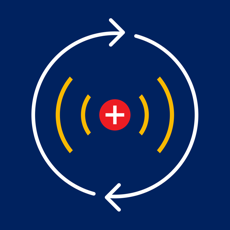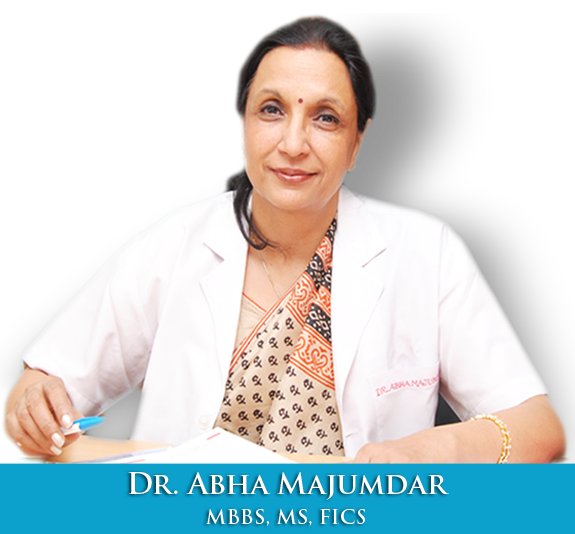Types of Surgical Correction for Female Infertility
1. Reproductive Microsurgery (Laparotomy with Magnification)
Tubal reconstructive surgery is performed under magnification in women who have undergone tubal occlusive procedures such as tubal ligation and wish to conceive again. With modern advancements, tubal recanalization can now also be performed precisely using endoscopic techniques.
2. Open Reproductive Surgery (Non-Magnified Laparotomy)
Procedures like tubal reconstruction, removal of fibroids, ovarian cysts, and pelvic correction can be performed via traditional open surgery. However, laparoscopic methods are generally preferred due to better visualization, precision, and reduced post-operative complications.
3. Endoscopic Surgery (Laparoscopy & Hysteroscopy)
Endoscopy allows detailed internal examination using specialized instruments. Our center performs all fertility-promoting endoscopic procedures as daycare surgeries, with minimal recovery time.
Laparoscopy
Involves viewing the uterus, fallopian tubes, and ovaries using a laparoscope. Simultaneous correction can restore pelvic anatomy and improve fertility outcomes.
Hysteroscopy
Uses a hysteroscope inserted through the cervix to inspect and operate within the uterine cavity. It enables diagnosis and treatment of intrauterine conditions in one sitting.






